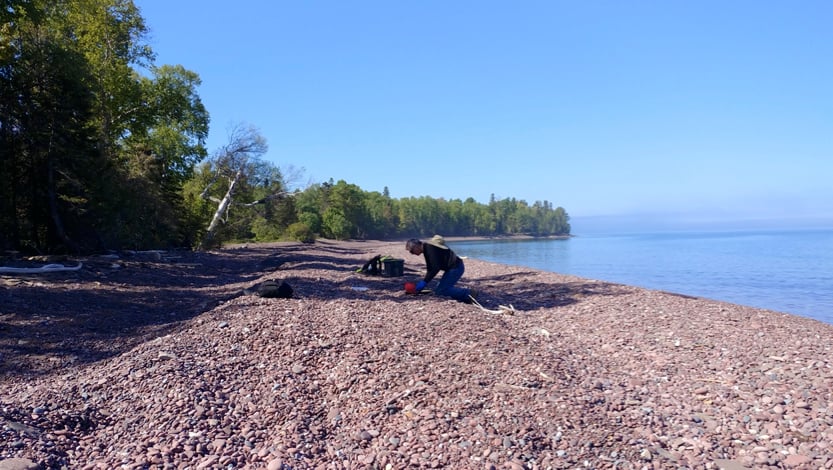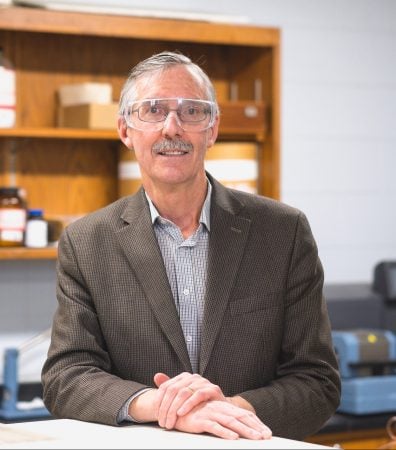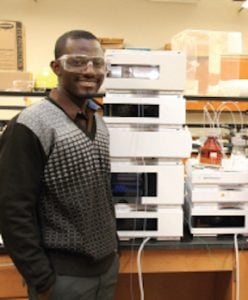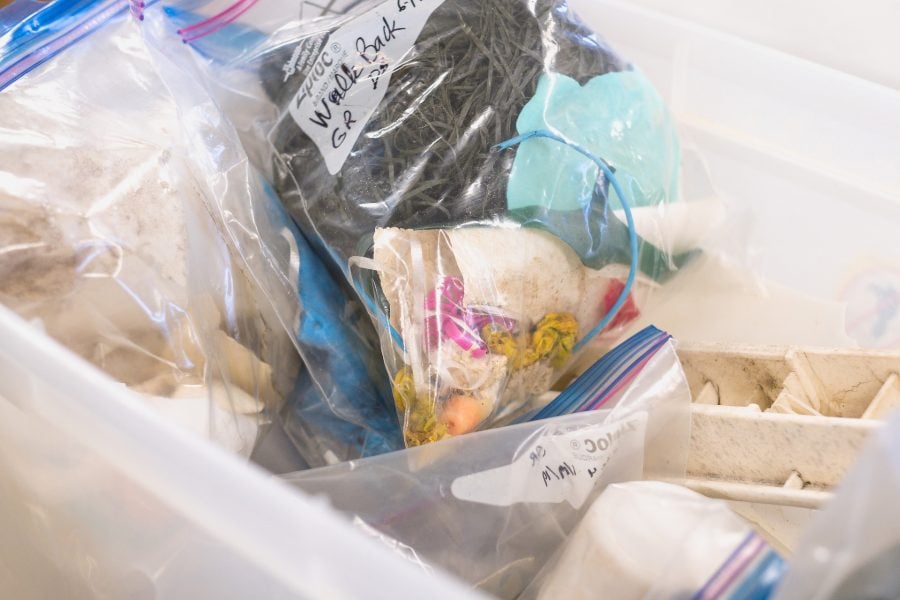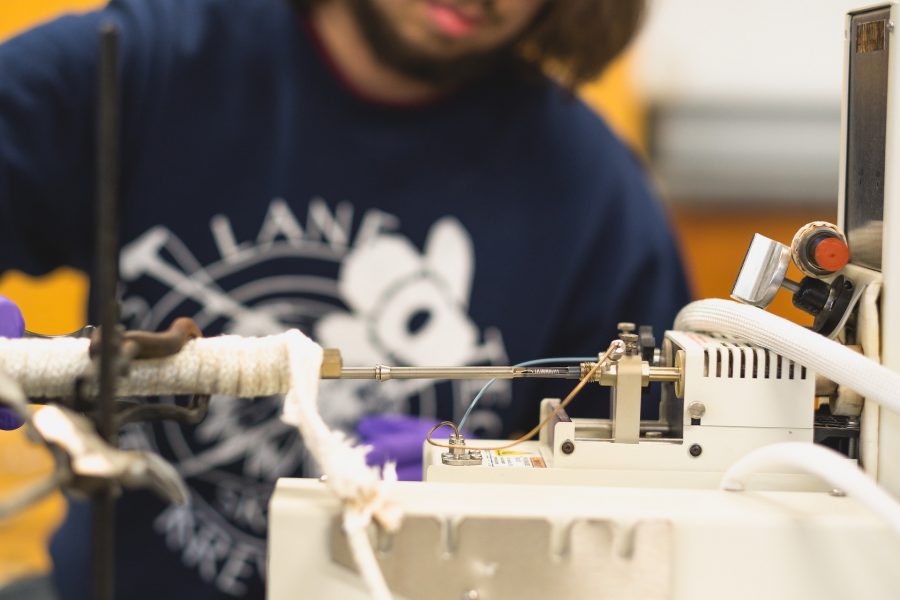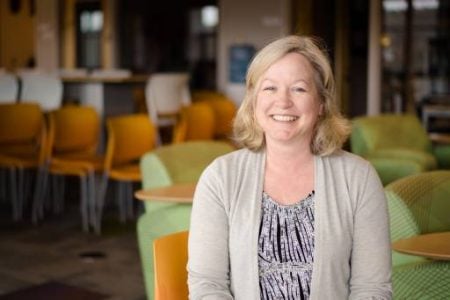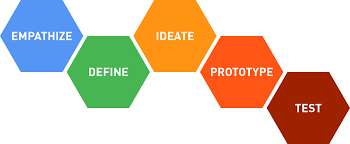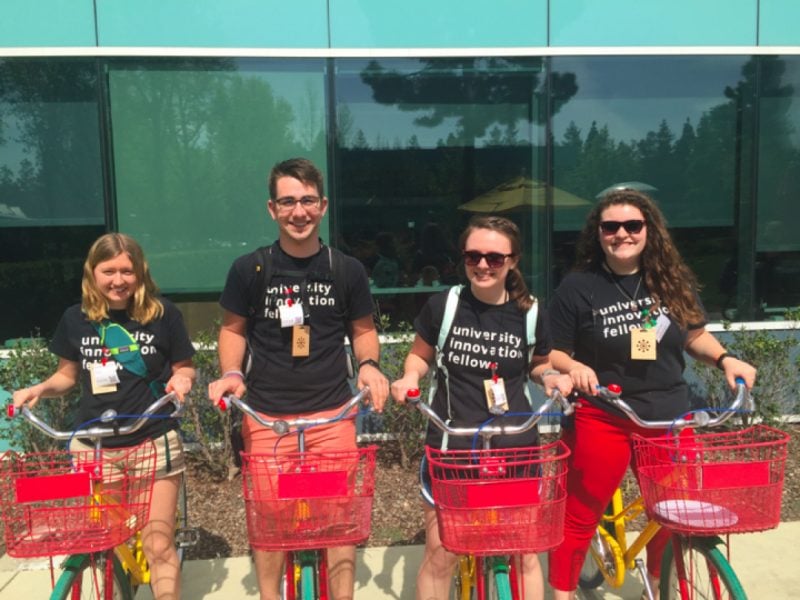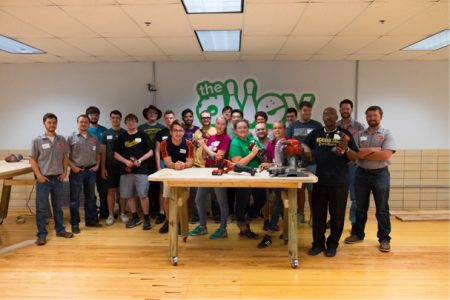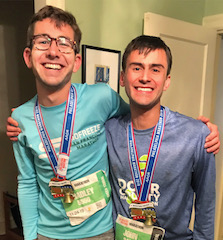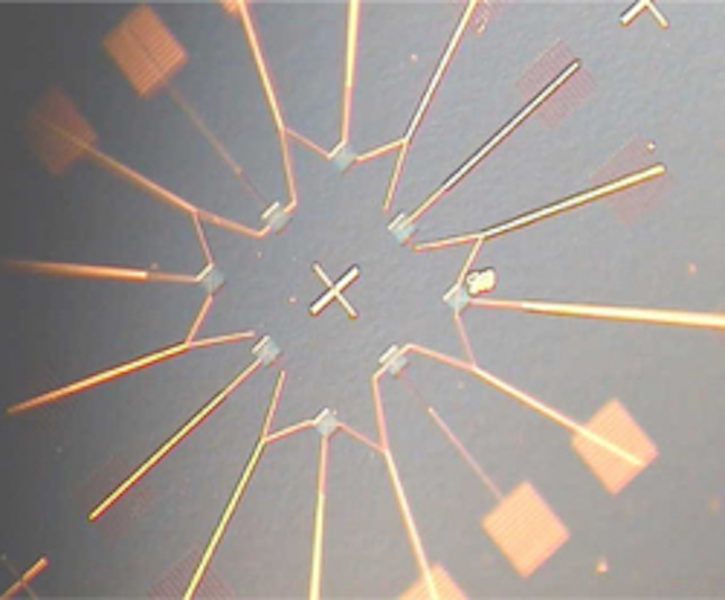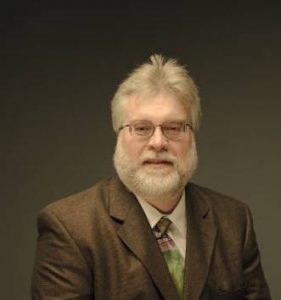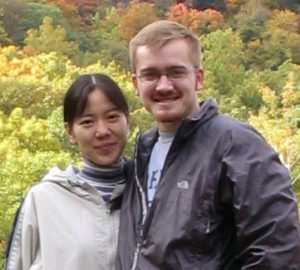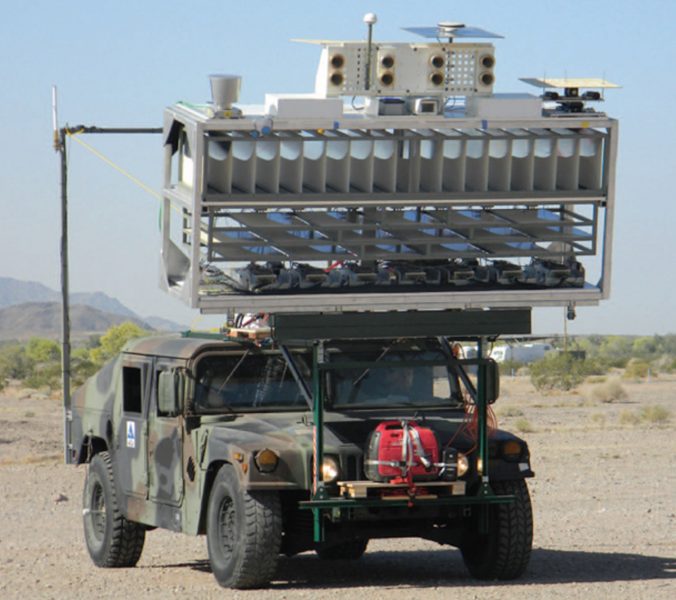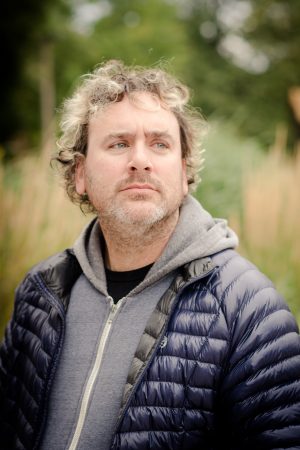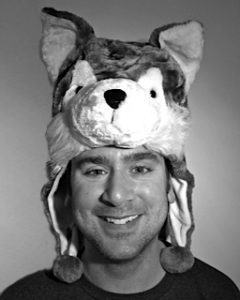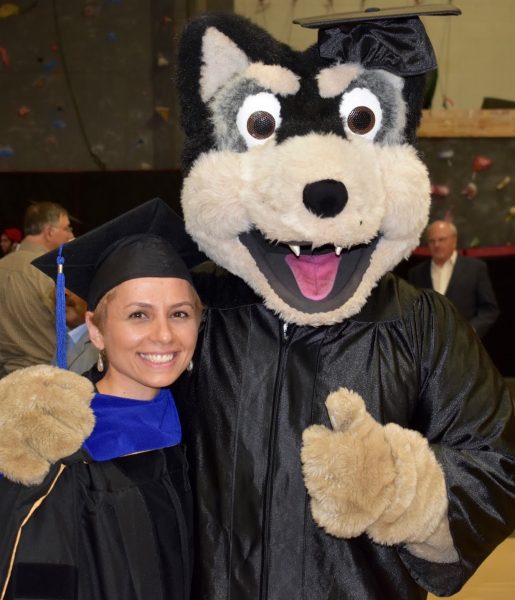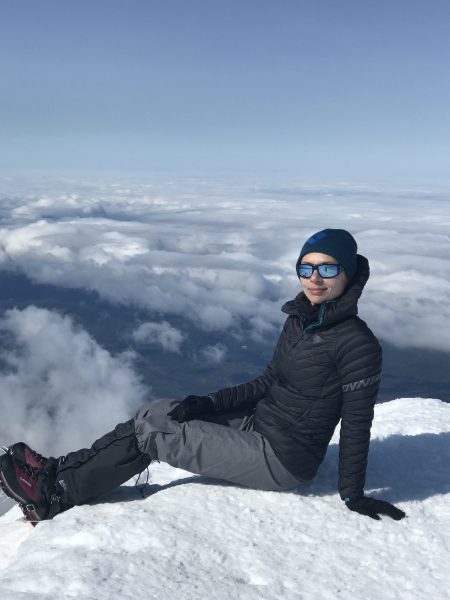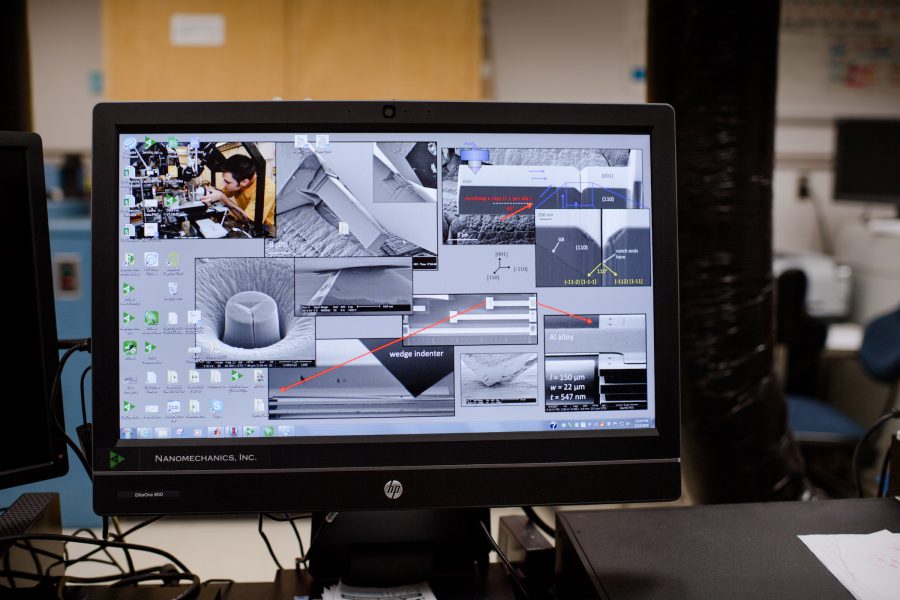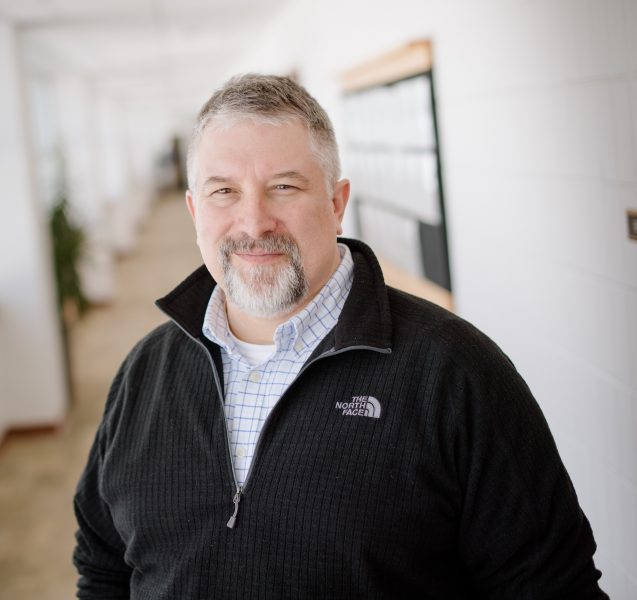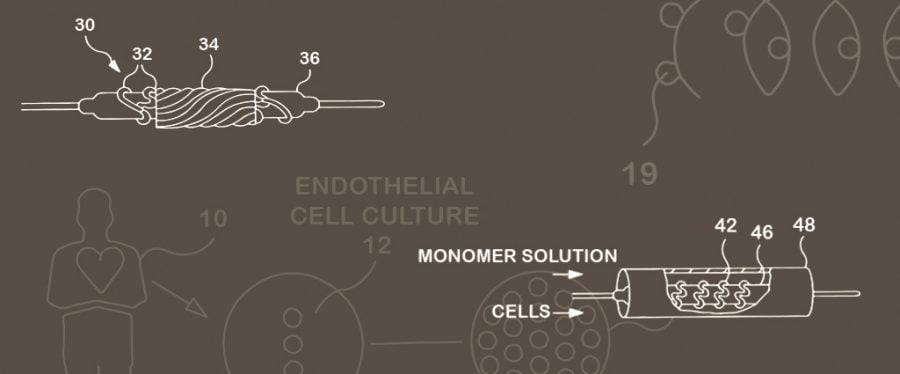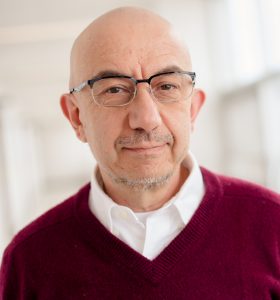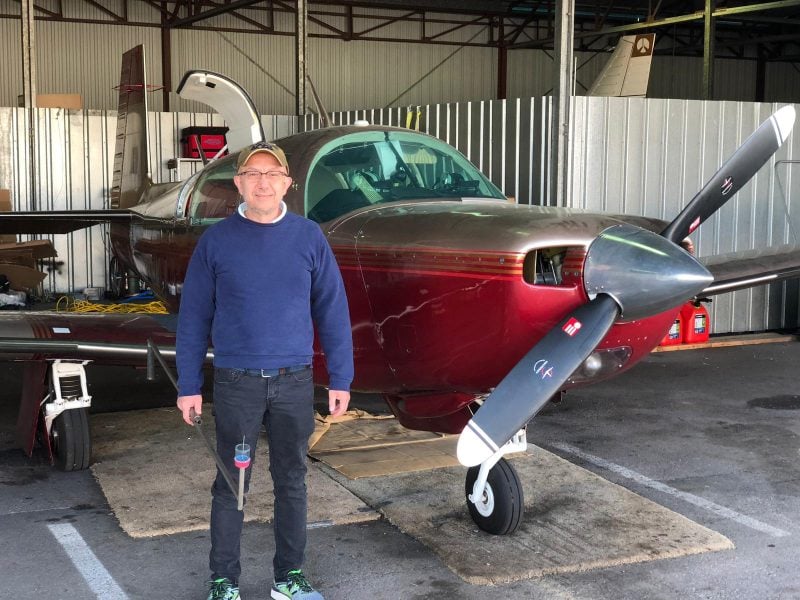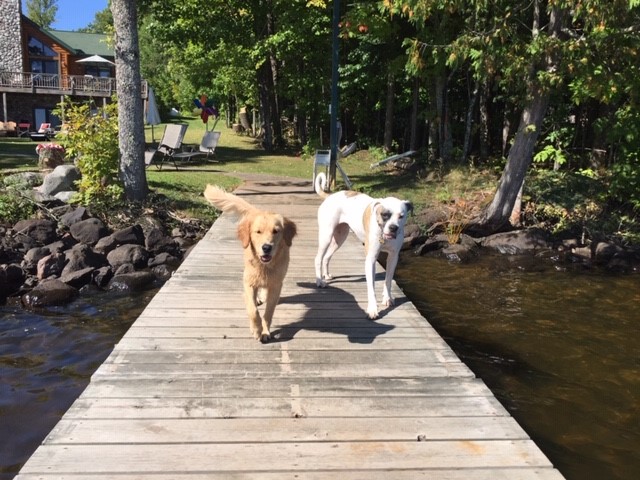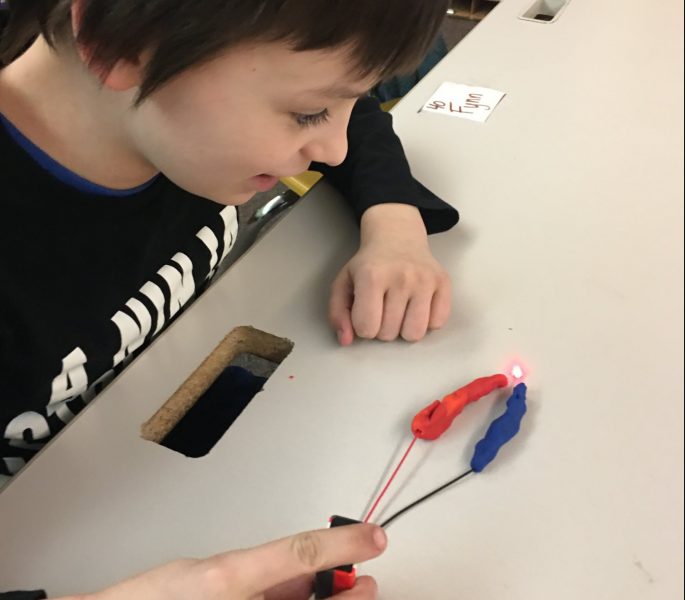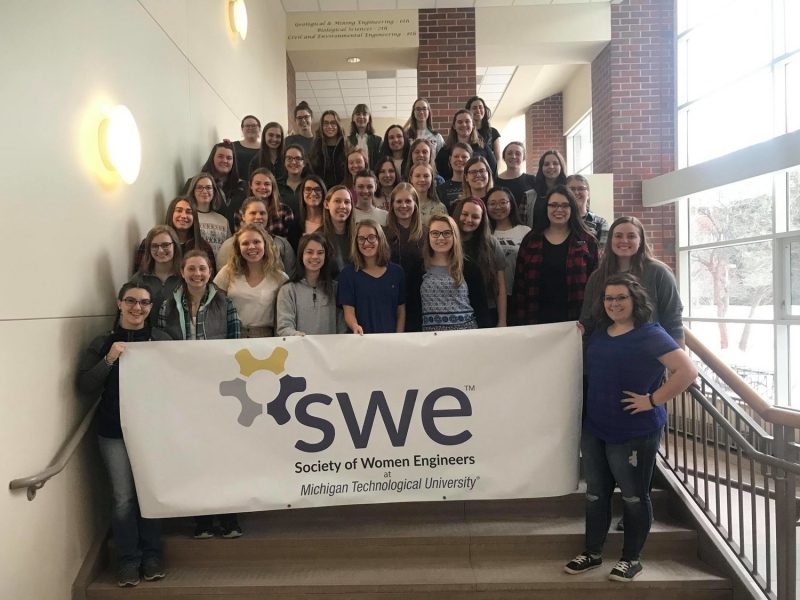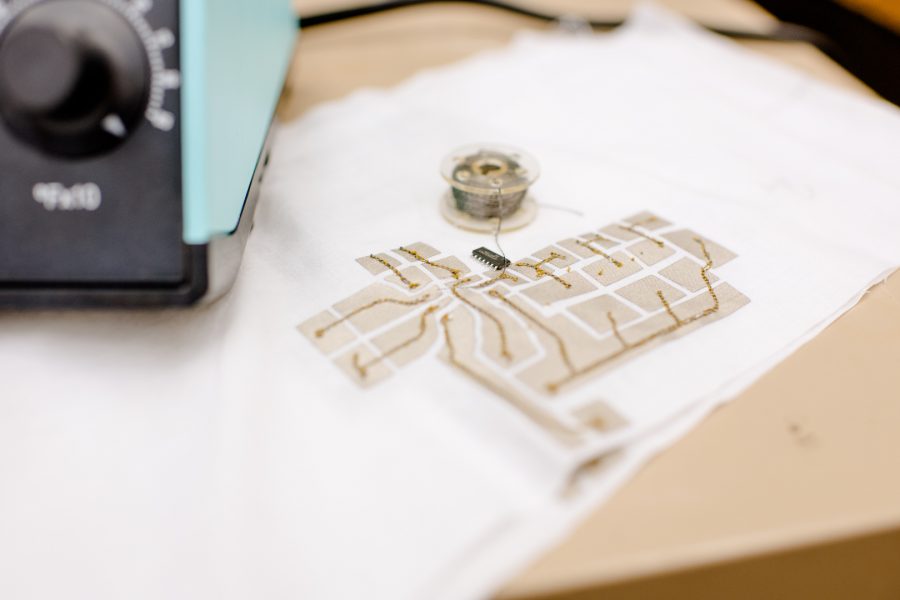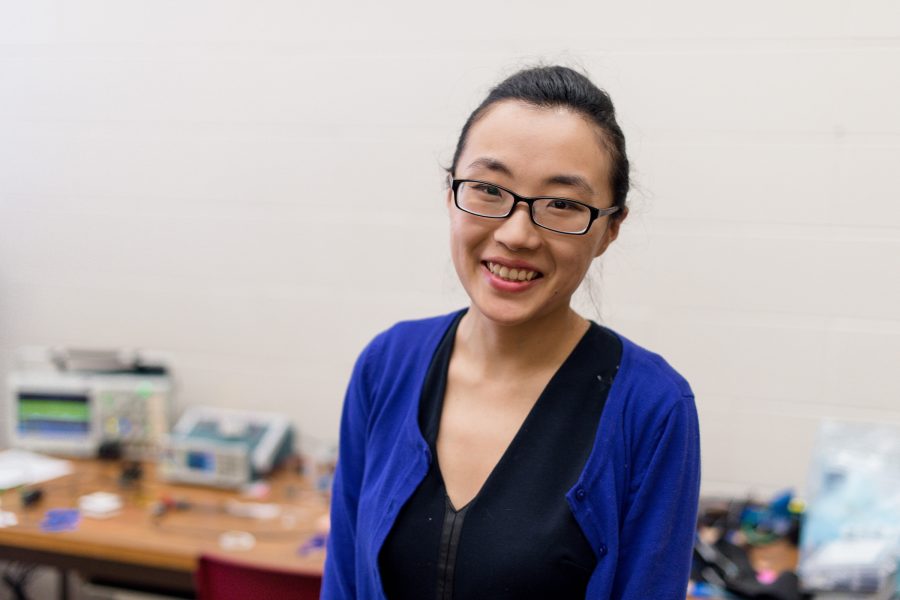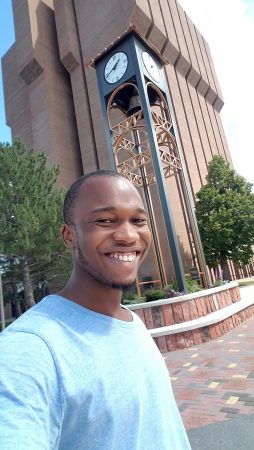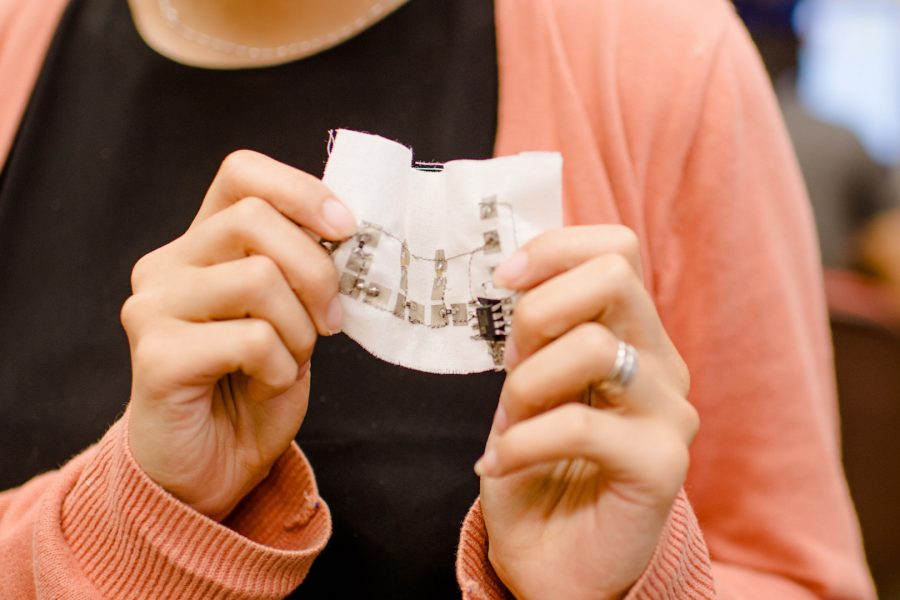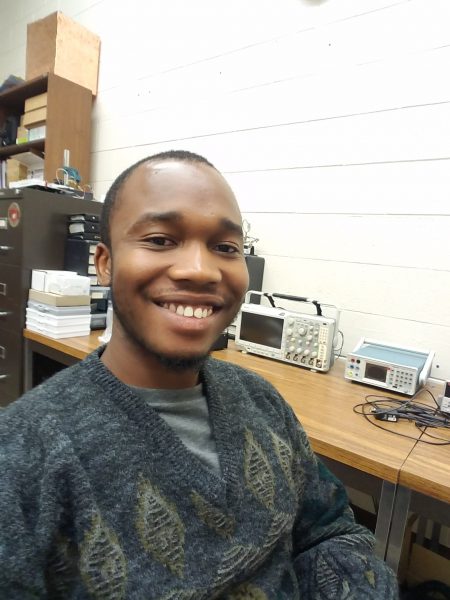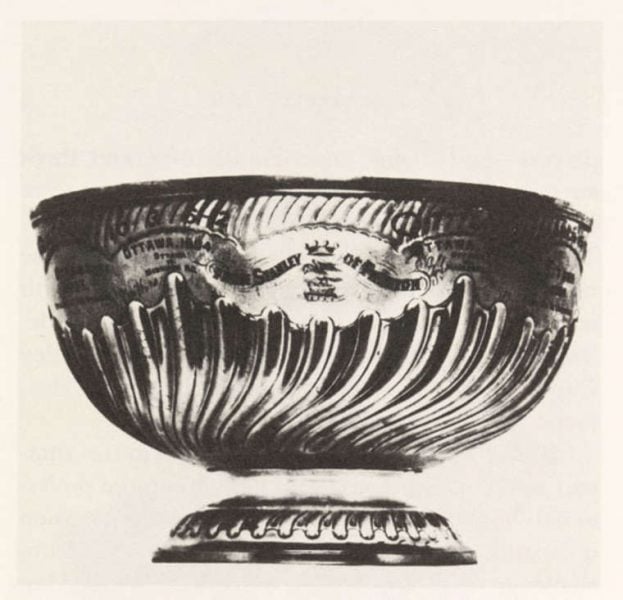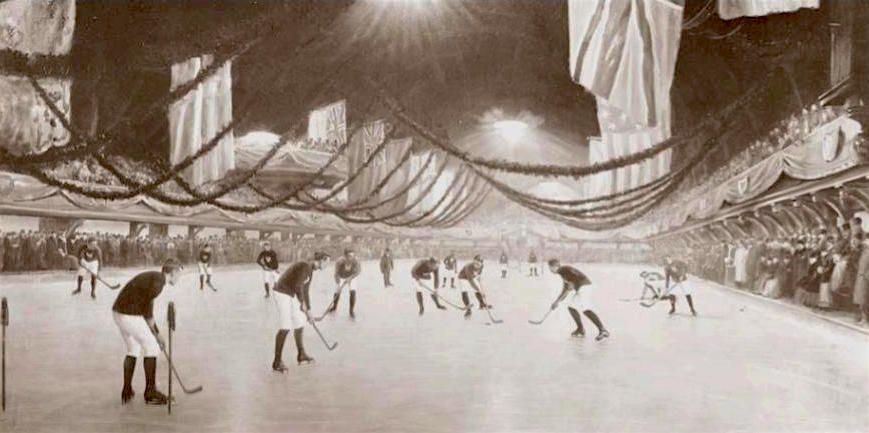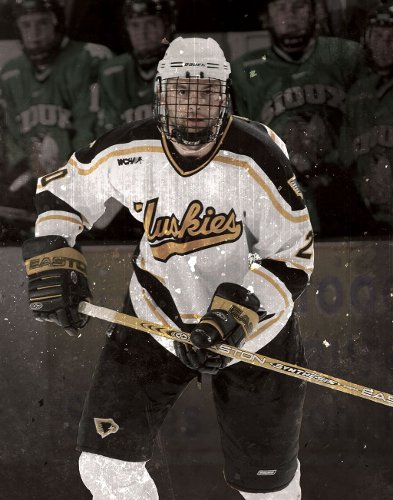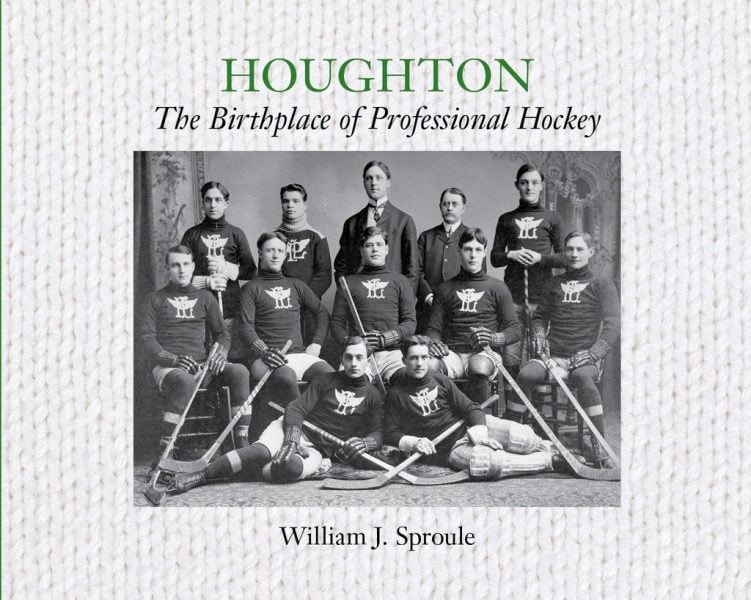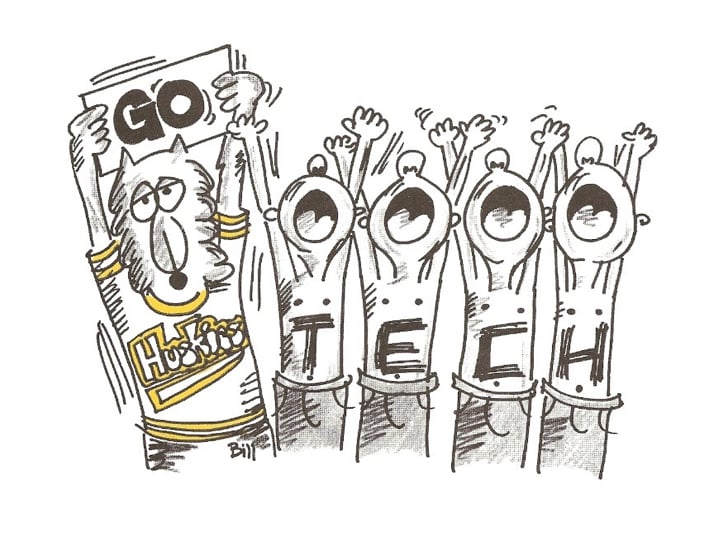Bill Endres, Haley Edie, Ethan Twardy, and Theo Wachowski generously shared their knowledge on Husky Bites, a free, interactive Zoom webinar hosted by Dean Janet Callahan. Here’s the link to watch a recording of his session on YouTube. Get the full scoop, including a listing of all the (60+) sessions at mtu.edu/huskybites.
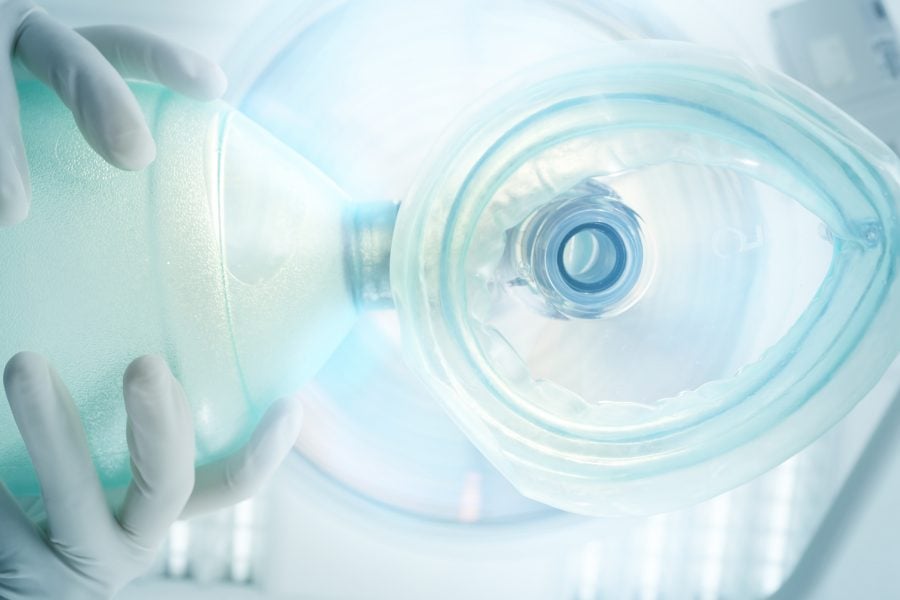
What are you doing for supper tomorrow night, Monday 11/16 at 6 ET? Grab a bite with Dean Janet Callahan and Prof. Bill Endres, along with recent engineering graduates Haley Edie and Ethan Twardy, and current student Theo Wachowski.
As the pandemic unfolded last spring, a group Michigan Tech engineering students pivoted from disappointment at a study abroad trip being cut short, to developing, prototyping and testing an electro-mechanical ventilator—one that is affordable, rugged, compact, and able to be rapidly manufactured and deployed. Their device automatically actuates a bag valve mask (BVM) to serve as a ventilator substitute, to improve patient outcomes.

A bag valve mask is a hand-held, hand-operated device commonly used by EMTs and in emergency rooms and critical care settings to provide positive pressure ventilation to patients who are not breathing or not breathing adequately.
Prof. Bill Endres, the team’s advisor, reconfigured their 30-week senior capstone experience into a 12-week accelerated operation. Engineering students (now all recent graduates) Drew Scharlow, Andy Sleder, John Winkler, and Andrew Marogi worked on the project, as well.
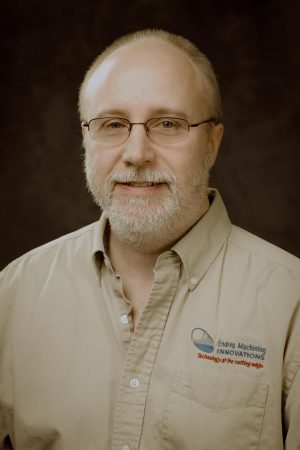
Some of the team extended their efforts over the summer through Michigan Tech’s I-Corps Site program, offered through the Pavlis Honors College.
The National Science Foundation’s Innovation Corps, or I-Corps, fosters entrepreneurship among university researchers, leading to successful commercialization of technology. Michigan Tech’s I-Corps Site Program uses the same methods and principles to encourage technical entrepreneurship.
Endres and his students felt they had a potentially marketable product, and gave it a name, CoVent. They learned how to think about commercialization and transitioning their device into the marketplace. They interviewed paramedics, EMTs, doctors, nurses, combat medics, and more.
Use of a BVM to ventilate a patient is frequently called ‘bagging’ the patient. In medical emergencies, such as cardiac arrest, when the patient’s breathing is insufficient or has ceased completely, a bag valve mask (BVM) saves lives by force-feeding air or oxygen into the lungs. BVMs are regularly used by first responders and medical professionals, frequently with compressions, instead of mouth-to-mouth ventilation.
Activated by hand, BVMs are challenging to sustain for longer periods of time. Particularly in rural areas, transport can take 40 minutes or more, and then bagging often continues in the ER. Some pediatric codes can last even longer, two hours or more.
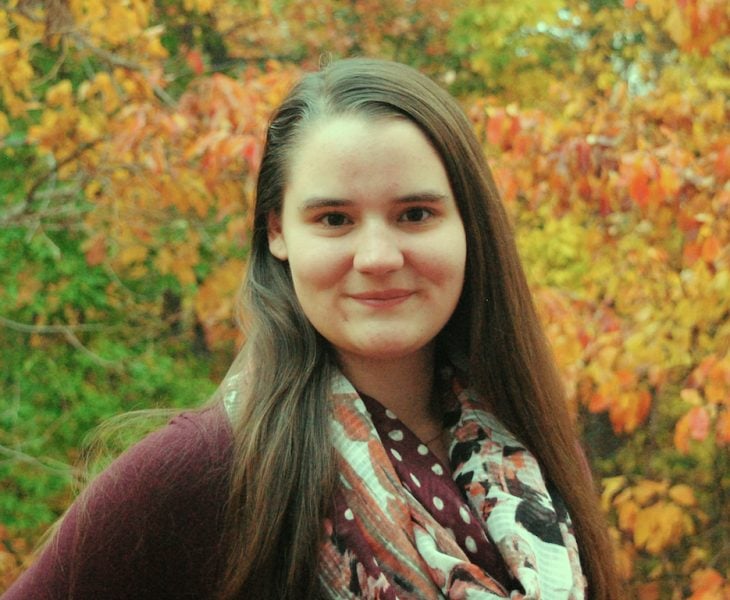
During Husky Bites we’ll meet Haley Edie, who graduated last spring 2020 with a BS in Mechanical Engineering. She is now a research engineer at Autodesk in Boston, Massachusetts, focused on generative design, robotics and additive manufacturing.
“One of the biggest hurdles we faced as a team, was that we were all very geographically distributed,” says Edie. “We also had to find a way to build a hard prototype of our device when none of us had all the pieces for it.”
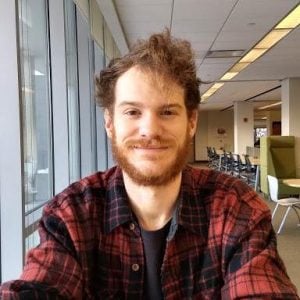
We’ll also meet Ethan Twardy, who earned his BS in Computer Engineering in Spring 2020. He is now a software engineer at Plexus Corp. in Neenah, Wisconsin. “From the place a patient is discovered, to the ambulance, to the ER—what is needed: something that can work between each of those worlds and kind of seamlessly transition between them. We’ve learned that our device needs to be interfaced with other breathing circuits, things like filters, pressure sensors, pressure taps, all these kinds of breathing circuit components” he adds.
Is the team ready to go forward with commercialization? “I guess the biggest change from the start to now is confidence,” adds Twardy. “Not only in talking about what we’ve learned and about the product, but also in understanding the customer.”
Last but not least we’ll meet Theo Wachowski, set to graduate in December 2020 with a BS in Mechanical Engineering. He is currently working as a new product development intern at Boston Whaler in Edgewater, Florida.
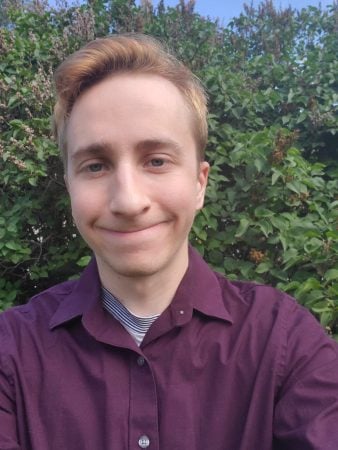
Wachowski agrees. “We’re getting great feedback. I know this can definitely help people. It’s really a team effort and the team decision in the end.”
Prof. Bill Endres is director of the senior design program in the Department of Mechanical Engineering-Engineering Mechanics at Michigan Tech. “Putting my own startup experience to practice and to the test, I’ve developed the program to run a lot like a business,” he says.
Prof. Endres has personally advised more than 80 capstone teams over the past 15 years or so, as director he has overseen more than 350 projects/teams. Most are mechanical engineering teams, but plenty, like the CoVent team, are multidisciplinary teams, made up of students majoring in various engineering disciplines.
I have a passion for designing processes, physical devices, software tools, and even business models–from system-level to detail-level, discovering interconnections and intra-connections. I guess that makes me a geek.
At Michigan Tech, teams of highly dedicated, senior-level students in all the engineering departments address practical, open-ended design challenges in their last course before graduating. Many of the projects are sponsored by industry and community organizations, even individuals. (Our College of Engineering Dean Janet Callahan has sponsored several senior design team projects over the past few years, too.)
Prof. Endres, how did you first get into engineering? What sparked your interest?
I’ve long had an interest in how things worked, mainly physical/mechanical devices. I also liked biology, so I originally intended on pursuing bioengineering. That field was pretty new back in 1984. It wasn’t even in the College of Engineering at U of Illinois at that time. Plus, my older sister, who had a BS in Biology, said I’d have to get a PhD to do anything with it. No way was I gonna get a PhD! So, I pursued mechanical engineering…eventually getting a PhD…thinking, “no way will I ever go be a professor!”

Hometown and Hobbies?
I grew up in Park Ridge, Illinois, about 5 miles from O’Hare airport. As for my hobbies, I have a passion for designing processes, physical devices, software tools, and even business models–from system-level to detail-level, discovering interconnections and intra-connections. I guess that makes me a geek (and that’s a good word in my book, literally). In 1996 I set out to build a technology company focused on machining simulation software. With changes in life and profession, that effort was chalked up as a learning experience and set aside. Later I turned my entrepreneurial eye toward the cutting-tool industry. I founded Endres Machining Innovations, LLC (EMI) in 2005. Through R&D programs and commercialization partnerships, EMI has developed and delivered innovative tooling products–enabling substantial productivity improvements.

Haley, when did you first get into engineering? What sparked your interest?
I really got into engineering when I was introduced to FIRST Robotics at my high school. I fell in love with working to solve a problem, working with my hands and the field of robotics in general. I still mentor and volunteer with FIRST to this day. I was born and raised in the small town of Almont in lower Michigan. I now work for Autodesk in Boston, Massachusetts as a Research Engineer. In my free time I love to read (sci-fi and fantasy!!), bake, hike, swing dance and volunteer at FIRST robotics competitions.
Theo, when did you first get into engineering? What sparked your interest?
My father was a carpenter, so from a young age I always had the opportunity to build things and design projects. Having the ability to take an idea and make it reality has always brought me joy in my hobbies and classwork. I had the opportunity to participate in a FIRST Robotics team throughout middle school and high school, which cemented my love for design and fabrication. I grew up in Kalamazoo, raised by two loving parents along with one older brother. My brother graduated from Michigan Tech in 2017 with a BSME and is now working in Holland, Michigan. I love the outdoors and anything to do out in the Keweenaw, I race sailboats with Michigan Tech, and sail out on Lake Michigan in the summer. And I’m an avid rock climber who loves to climb, either here at the SDC or out at Silver Mountain.
